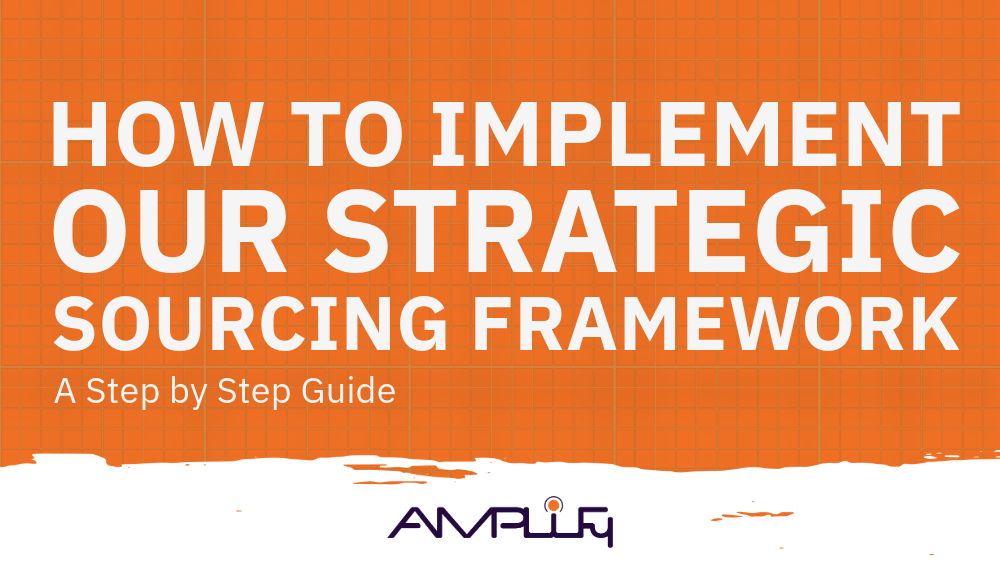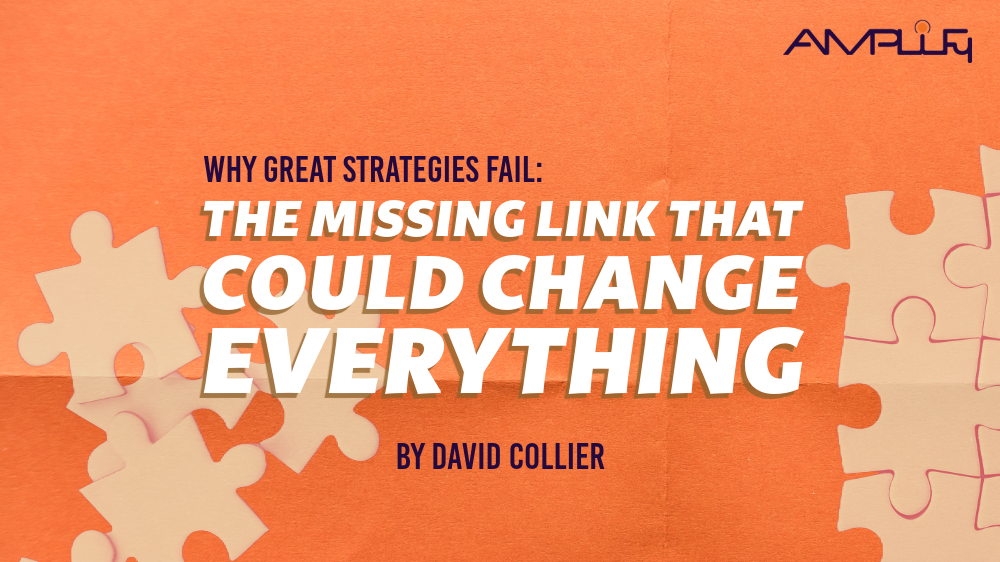Is ChatGPT Really the Future?
The Russian novelist, Fyodor Dostoyevsky, once made the argument that the work of the artist is not to discover answers but instead to ask the right questions. In a similar vein, one might say in the 21st century that technology is only as good as the person operating it. These days, the hottest trend in AI media coverage is the chatbot, ChatGPT. Over the past few months, debate has raged regarding the optimized language model, and it seems as though everyone has an opinion. But the fundamental question for organizations is how will this AI technology affect your business?
First things first: it is clear that ChatGPT will alter the hiring process. Numerous articles have been written
extolling the virtues of the technology. And they are indeed plentiful: hundreds, if not thousands, of resumes can be screened in a fraction of the time it takes a human to look through one. Simultaneously, these resumes are able to be categorized to accommodate the needs of a hiring committee. Hours upon hours of human labor are, therefore, reduced to a single click.
And at its most promising, ChatGPT will be able to quickly ascertain and address inequalities and latent biases that have present for far too long in hiring.
Despite industry interest in ChatGPT, there are many who are deeply concerned about what it portends for the future of employment. Annie Lowrey, for instance,
speculated in The Atlantic that ChatGPT could represent the first time in human history that we experience massive layoffs exclusively affecting highly educated workers (although a reasonable argument could be made for the Protestant Reformation). If Lowrey is correct, we can expect to see millions of jobs in the finance, journalism, business and engineering sectors be rendered obsolete by automation. That is to say nothing of the panic this would engender for teachers and those responsible for writing instruction. As it currently stands,
every professor is facing down a future where the college essay is essentially dead in the water.
The hiring industry is also facing concerns surrounding the claims that ChatGPT can thoroughly address systematic inequality. In the
New Statesmen,
Ido Vock argued that racism, misogyny, xenophobia, etc. can still be reflected in ChatGPT’s programming due to its designers’ own struggles with unconscious bias. This argument regarding implicit bias is perhaps the best case against fears that AI will lead to massive layoffs or the “death of education.” Because although AI programs like ChatGPT will continue to fundamentally change the way we work and the way we hire, we can never systematically remove humans from this process without an enormous burden and risk.
This can be observed in the articles discussing ChatGPT: in nearly every one, the author includes a paragraph written by the chatbot to demonstrate its sophistication. One example can be found in
Congressman Ted Lieu’s essay in the
New York Times regarding the dangers of ChatGPT. The included paragraph is a fine piece of writing;
other examples do not fare as well. This is why humans will continue to be an integral part of hiring: AI chatbots are only as good as those who are asking the questions. For this reason, it is important that, as we embrace this technology, we remember that the human element behind it must be fostered and nourished as well.




